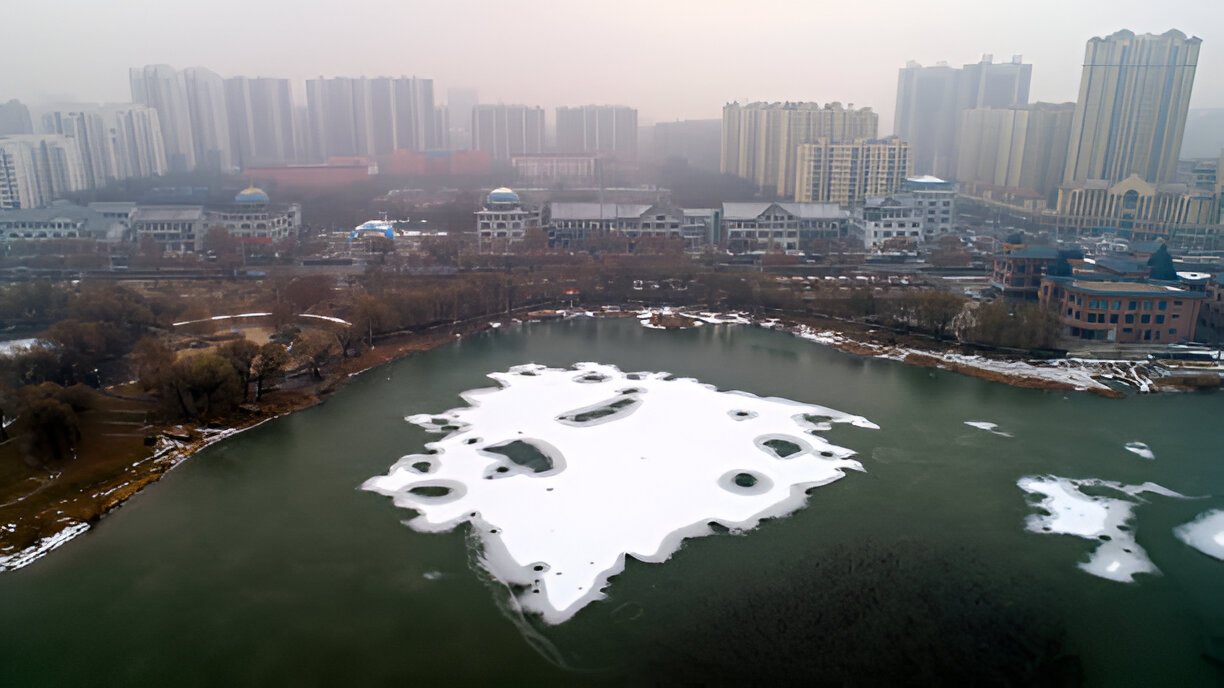Image Credit: iStock Image
Introduction
Qingzhou City, located in Shandong Province, China, is known for its rich cultural heritage and agricultural landscape. Understanding the precipitation patterns in this region is crucial for farmers, city planners, and residents alike. This article will explore the factors influencing Qingzhou City’s precipitation, seasonal variations, and the implications for the local ecosystem and economy.
Read More About: Mullein Tea Benefits
Overview of Qingzhou City
Geography and Climate
Qingzhou City is situated in a temperate zone with distinct seasons, featuring hot summers and cold winters. This climate plays a significant role in the region’s precipitation patterns. The city is characterized by its fertile plains, making it a vital area for agriculture.
Importance of Precipitation
Precipitation is essential for replenishing water resources, supporting agriculture, and maintaining the local ecosystem. In Qingzhou City, rainfall impacts everything from crop yields to water supply.
Precipitation Patterns in Qingzhou City
Seasonal Variations
- Spring (March to May):
- Spring brings increasing temperatures and variable rainfall. This season is crucial for crop planting and growth.
- Average precipitation: 40-70 mm per month.
- Summer (June to August):
- Summer is the wettest season, often characterized by heavy rainstorms and occasional flooding.
- Average precipitation: 100-150 mm per month, with July typically receiving the highest rainfall.
- Autumn (September to November):
- Autumn experiences a gradual decrease in rainfall, providing ideal conditions for harvesting crops.
- Average precipitation: 30-60 mm per month.
- Winter (December to February):
- Winter is generally dry, with lower temperatures and minimal precipitation.
- Average precipitation: 10-20 mm per month, often in the form of light snow.
Annual Precipitation Totals
The total annual precipitation in Qingzhou City averages around 700-900 mm, with most rainfall occurring during the summer months. This distribution is vital for understanding water resource management in the region.
Click Here to Understand About: Chin Liposuction Cost
Factors Influencing Precipitation in Qingzhou City
- Geographical Location: Qingzhou’s location relative to mountain ranges and bodies of water influences its precipitation patterns. Proximity to the Yellow River also plays a role.
- Climate Change: Global climate change is impacting weather patterns, leading to changes in precipitation intensity and frequency. This phenomenon can cause more severe droughts or floods.
- Urbanization: Rapid urban development can alter local weather patterns, affecting precipitation through the urban heat island effect and changes in land use.
Impacts of Precipitation on Agriculture
Benefits of Adequate Rainfall
- Crop Growth: Sufficient rainfall during the growing season is crucial for crop yield, especially for staple crops like wheat and corn.
- Soil Moisture: Consistent precipitation helps maintain soil moisture, which is vital for healthy plant development.
Challenges of Excessive Rainfall
- Flooding: Heavy summer rains can lead to flooding, damaging crops and infrastructure.
- Soil Erosion: Intense rainfall can cause soil erosion, reducing arable land and impacting future agricultural productivity.
Water Resource Management
Effective water resource management is essential for balancing the needs of agriculture, urban areas, and the ecosystem in Qingzhou City. Strategies include:
- Rainwater Harvesting: Implementing systems to collect and store rainwater can help alleviate water shortages during dry seasons.
- Irrigation Practices: Sustainable irrigation methods can optimize water use in agriculture, particularly during periods of low precipitation.
- Flood Management: Developing infrastructure to manage excess water during heavy rains can mitigate flooding risks.
Also Read About to Understand: Lexapro Weight Gain
Conclusion
Understanding the precipitation patterns in Qingzhou City is essential for managing agricultural practices, water resources, and urban planning. By staying informed about seasonal variations and their impacts, residents and stakeholders can better prepare for the challenges and opportunities that come with varying weather conditions. Through effective management and adaptation strategies, Qingzhou City can continue to thrive in the face of changing climate dynamics.
FAQs
1. What is the average annual precipitation in Qingzhou City?
The average annual precipitation in Qingzhou City is approximately 700-900 mm, with most rainfall occurring during the summer months.
2. How does precipitation affect agriculture in Qingzhou City?
Adequate rainfall is crucial for crop growth, while excessive rainfall can lead to flooding and soil erosion, negatively impacting agriculture.
3. What measures are being taken to manage water resources in Qingzhou?
Measures include rainwater harvesting, sustainable irrigation practices, and flood management infrastructure to ensure a balanced water supply.
4. How has climate change affected precipitation patterns in Qingzhou City?
Climate change is leading to more extreme weather patterns, resulting in variations in precipitation intensity and frequency, which can cause both droughts and floods.
5. When is the wettest month in Qingzhou City?
July is typically the wettest month, often receiving the highest amount of rainfall due to summer storms.



Leave a Reply